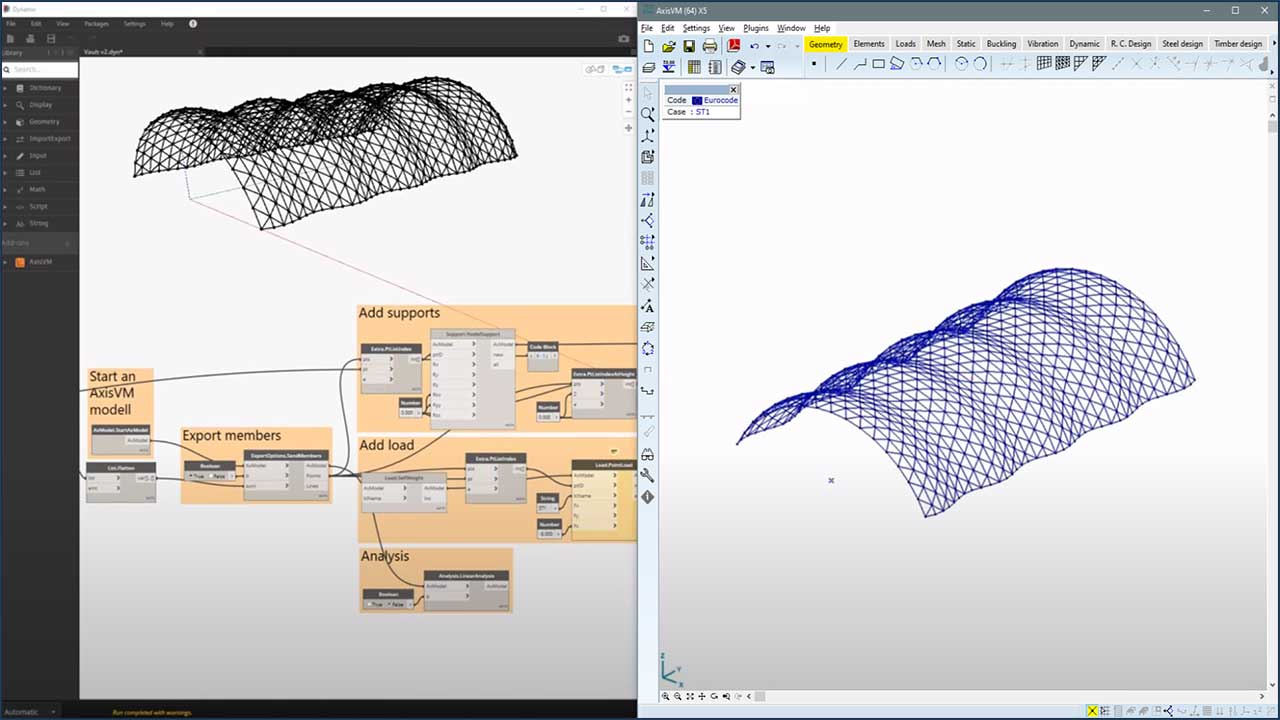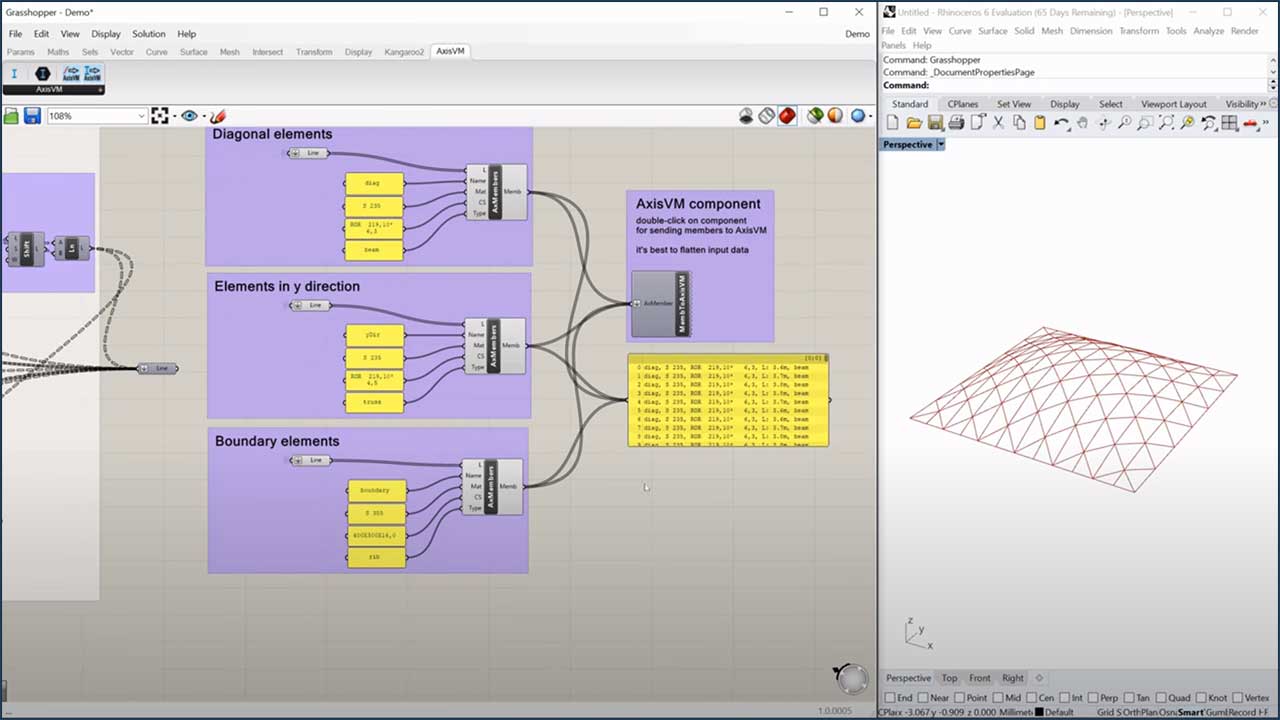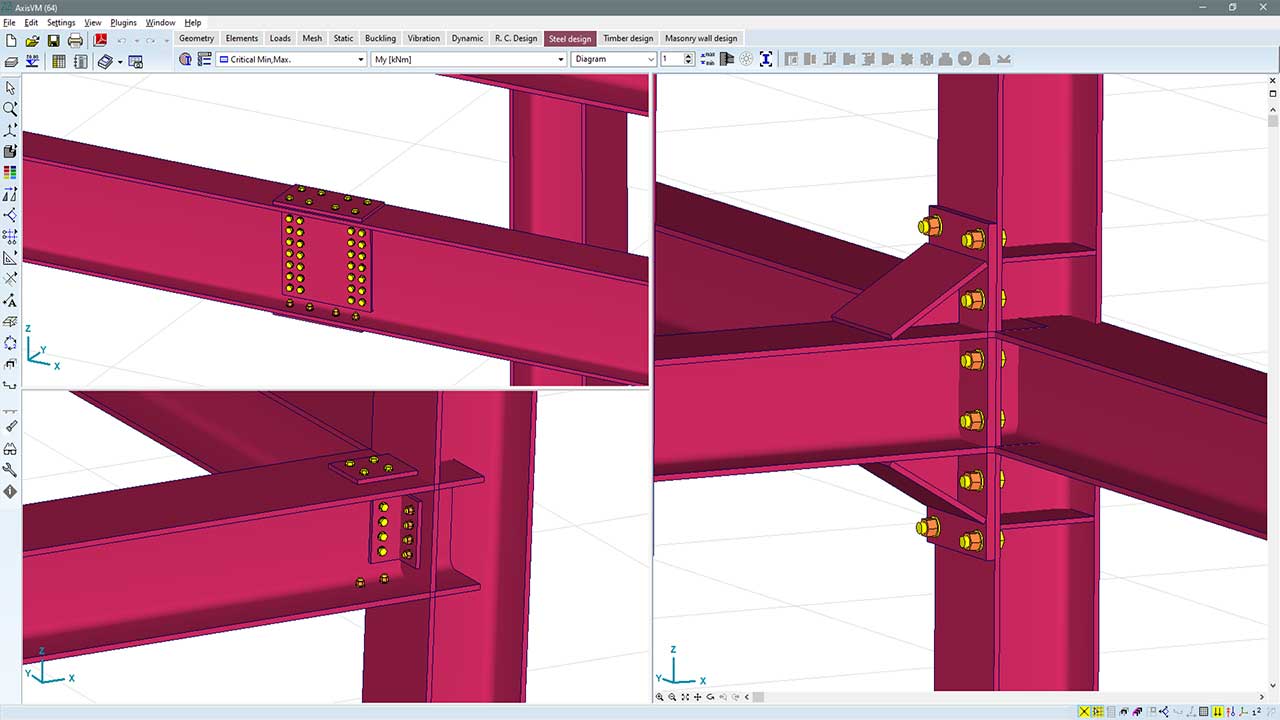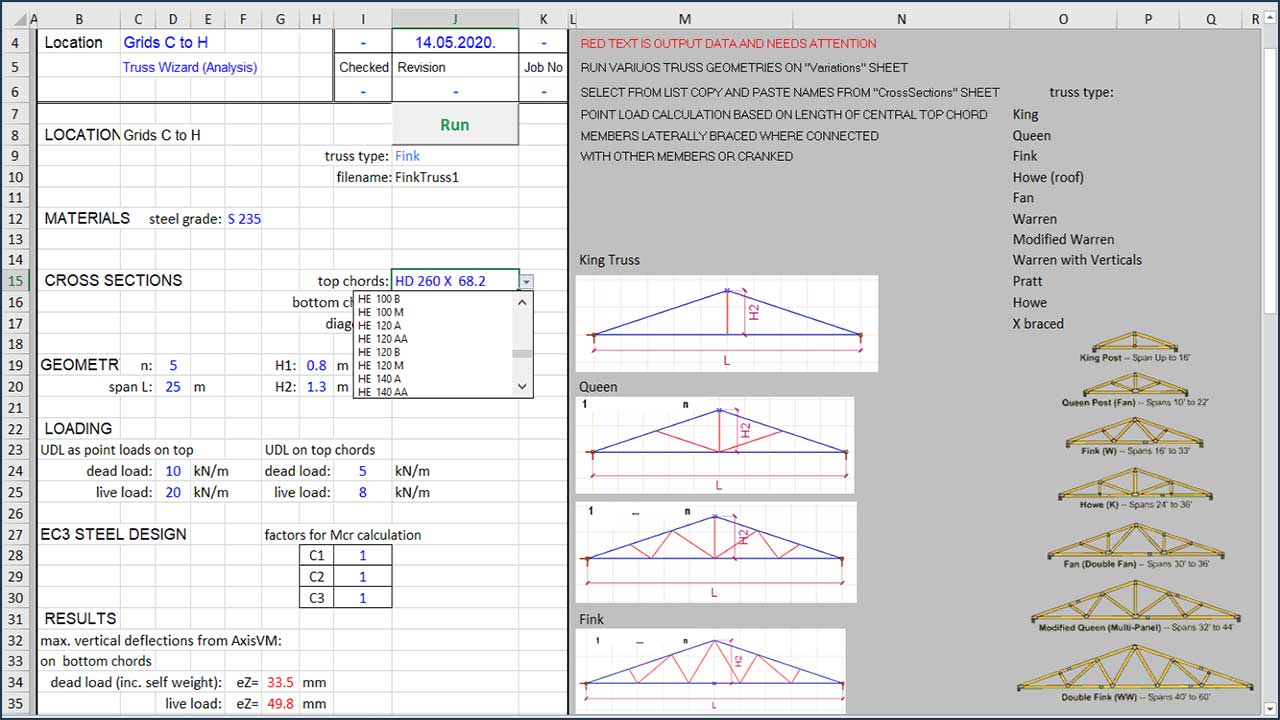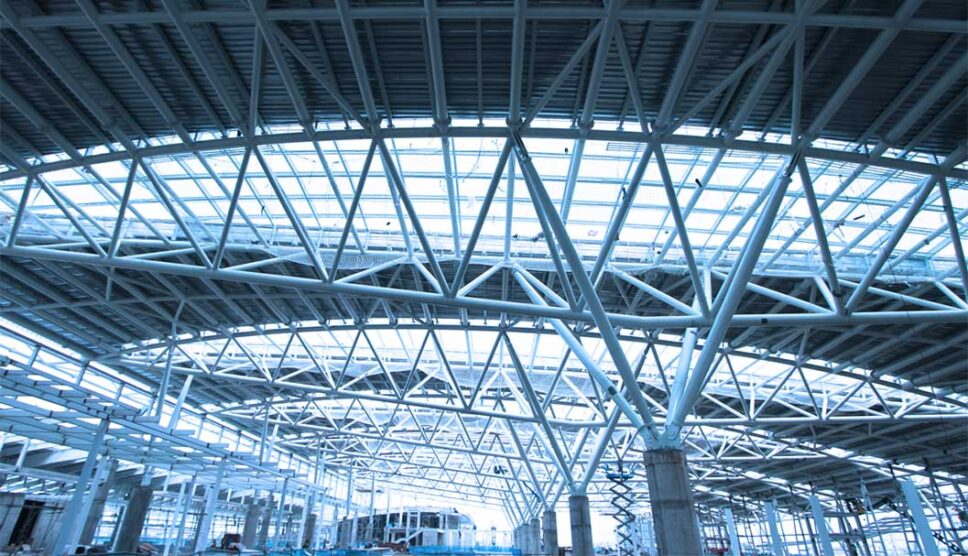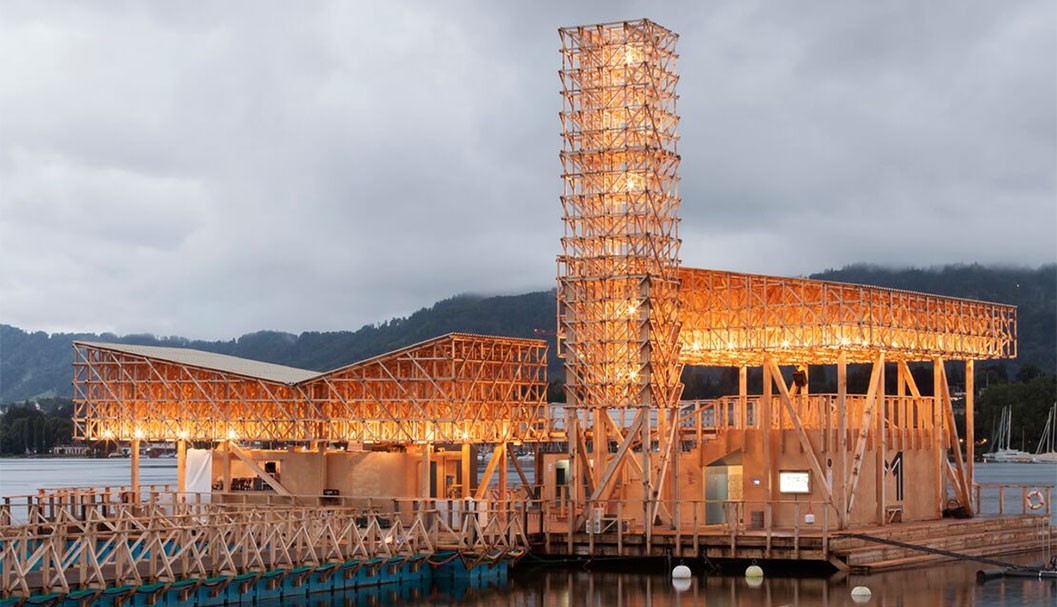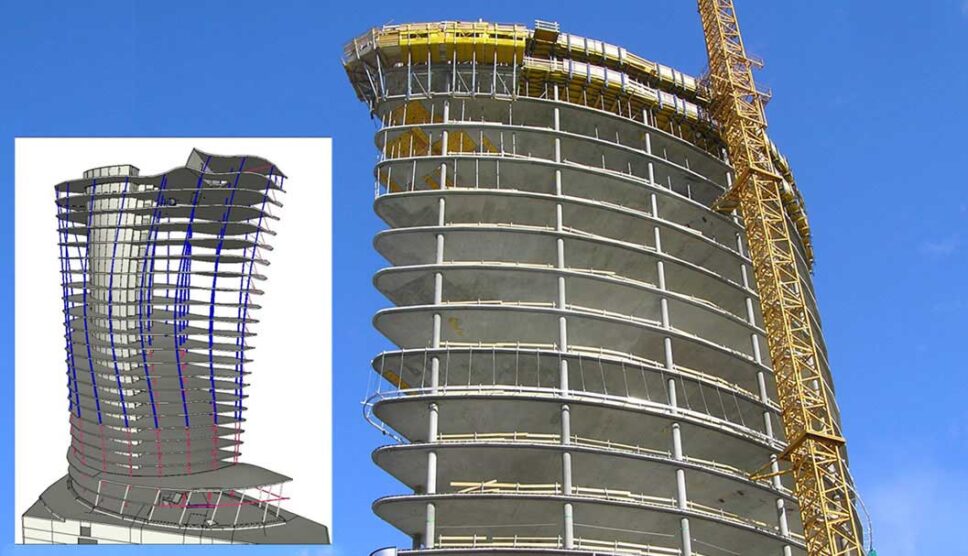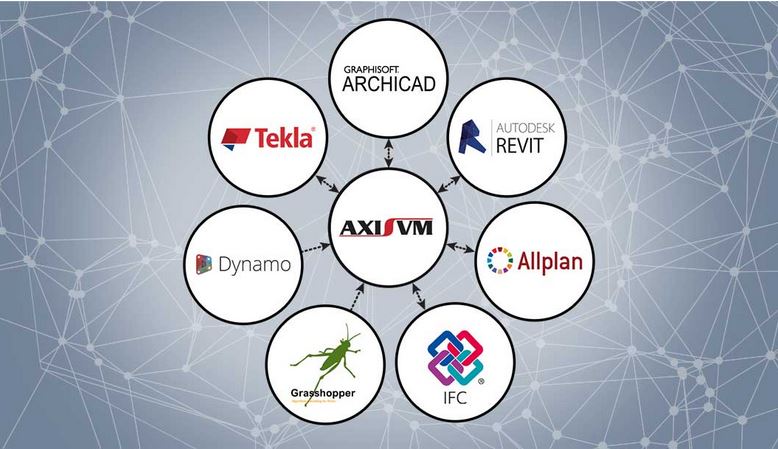AXISVM
THE IDEAL SOLUTION FOR STRUCTURAL ENGINEERS
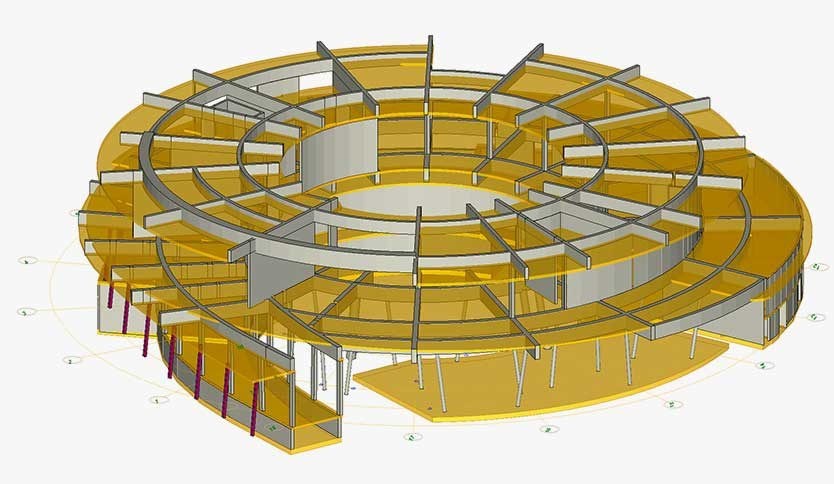
AXISVM finite element analysis and design software has been supporting engineers in Hungary and in many other countries around the world since 1991.
The development goals of each new version are primarily determined by feedback from users, ensuring that the software covers general needs and follows the rapid development of building technology. Thanks to this successful strategy, more than 8,000 users are already modelling with AxisVM in 45 countries around the world. We also offer fast and professional software support.

AXISVM is available in nine basic configurations, which differ in their applicable finite elements and analysis methods. Users can supplement the basic configuration with various design and interface modules, designed to meet their design needs and the requirements of other CAD applications.
Large, complex structures can also be modeled expeditiously. With extensive module options, the overall design process for reinforced concrete, steel, timber, and masonry structures can be quickly performed according to various national adaptations of the Eurocode, SIA (Swiss), or NTC (Italian) standards. The ability to set a wide range of global design parameters also allows for the application of national adaptations that may not yet be implemented in the software.
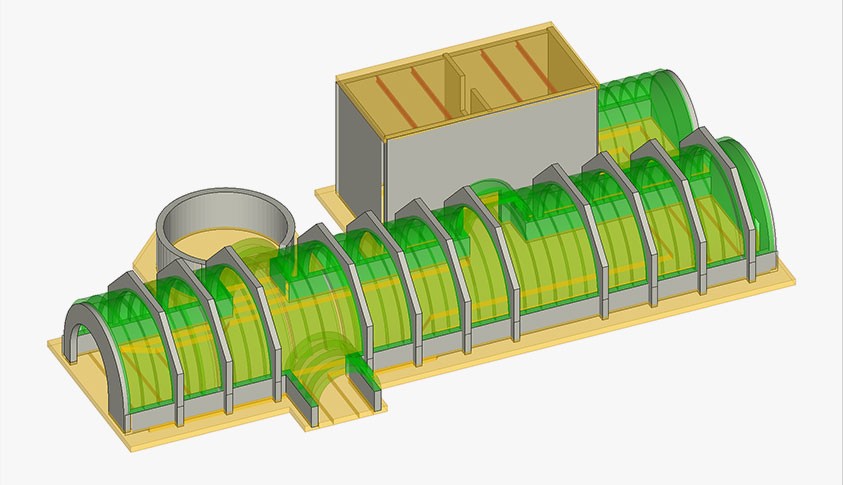
In the case of steel and timber structures, fire design is available according to different standards. In addition, for steel elements, the critical temperature can also be determined. The module packages contain more unique structural solutions. Structures with composite slab or column, post-tensioned beams and slabs, or CLT panels can also be designed. Earthquake design can be performed by modal response spectrum, pushover, or time-history analysis, even taking into account seismic dampers and isolators.
The time-consuming process of documentation can also be significantly accelerated with the help of intelligent templates. An extensive data connection is provided for use with other CAD software (ArchiCAD, Revit, Tekla Structures, AllPlan and many others) through Open and Closed BIM technologies.
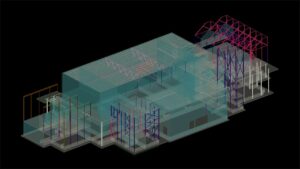
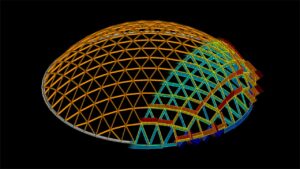
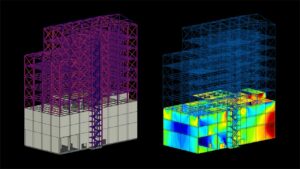
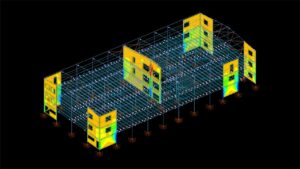
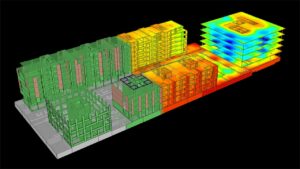
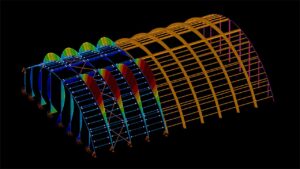
STATIC AND DYNAMIC ANALYSES
SPEED
An essential feature of the software is the efficient finite element computation engine, optimized for multi-threaded procedures that allow for the full capacity of the computer to be utilized and to increase the speed of the finite element analysis.
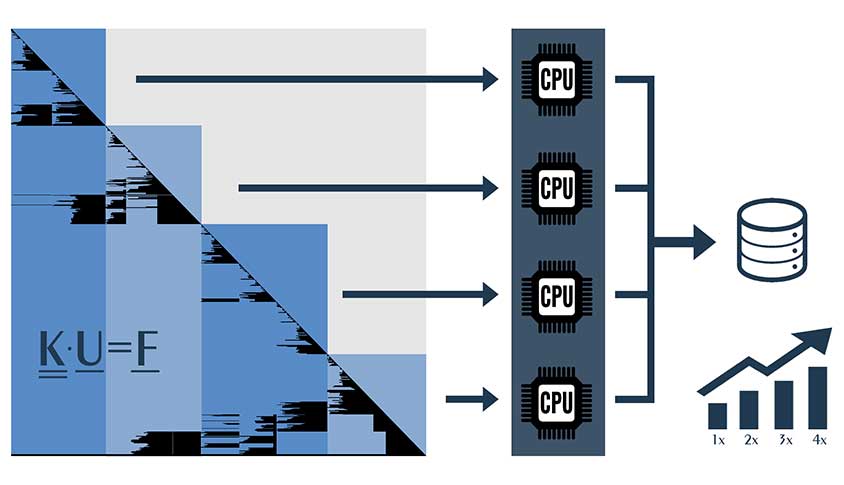
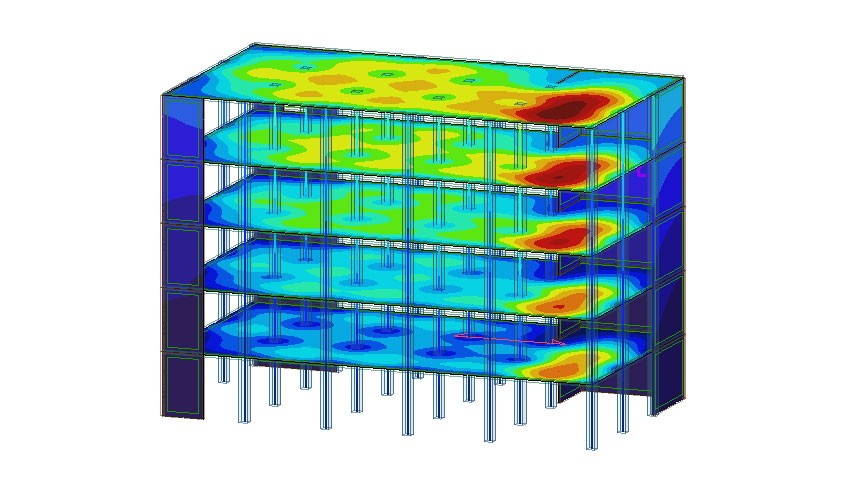
STATIC AND DYNAMIC ANALYSIS
Statics and dynamics problems can be solved using linear or non-linear analysis. In the latter case, non-linear material behaviour and contact elements, as well as geometrical non-linearity (large displacements), can be taken into account.
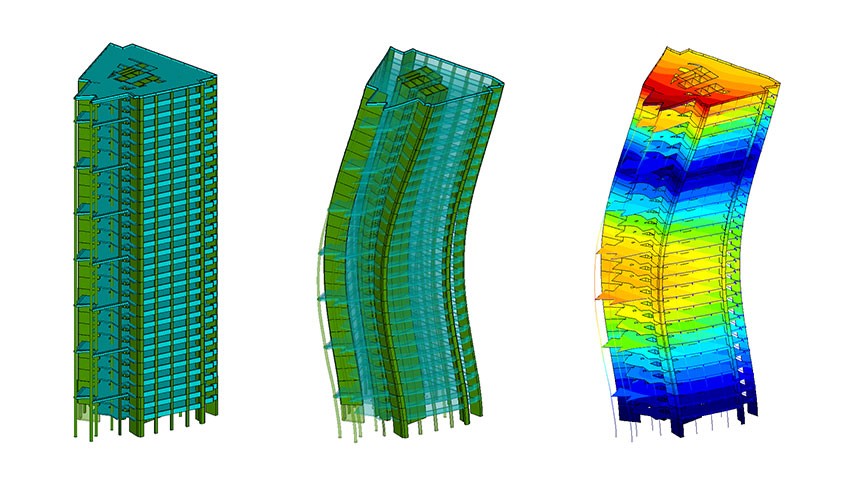
VIBRATION ANALYSIS
First and second-order vibration analyses are available in the software to determine natural frequencies and mode shapes which are often essential in the solution of dynamics problems. For seismic analysis, modal mass factors and moments of inertia can also be calculated about the main directions.
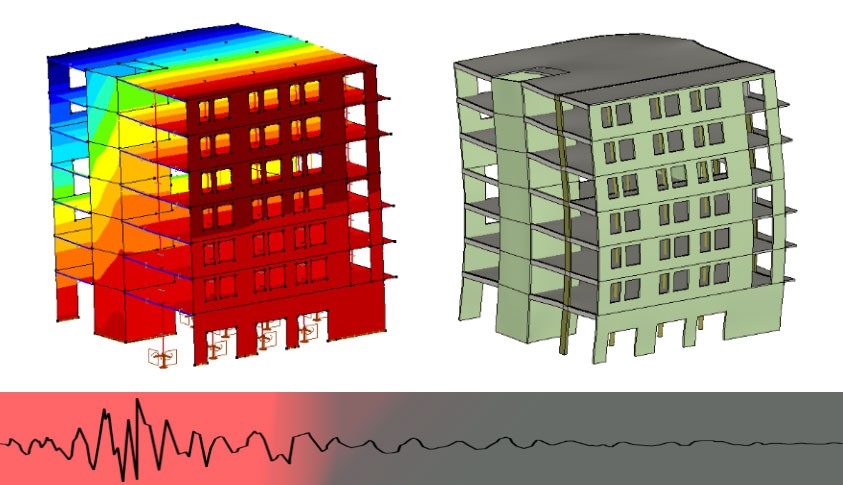
DYNAMIC ANALYSIS
The dynamics module can generally be used for tasks that require time integration, such as machine foundation design. The software determines the displacements and stresses resulting from the specified dynamic loads in each time step. Linear or nonlinear properties can also be considered in the analysis.
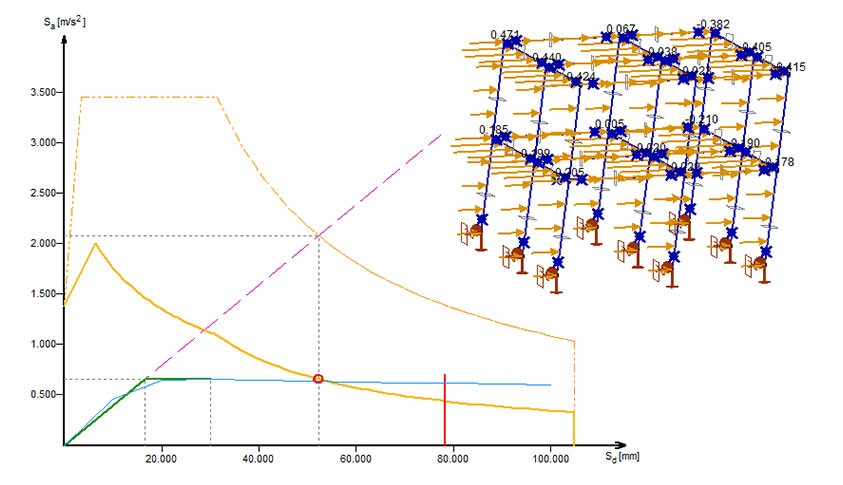
SEISMIC ANALYSIS
The earthquake resistance of structures can be verified by the following methods: modal response spectrum, pushover, and time-history analysis. Seismic analysis and design of dissipative structures is supported, and the effect of seismic isolators and dampers on the structural response can be taken into account.
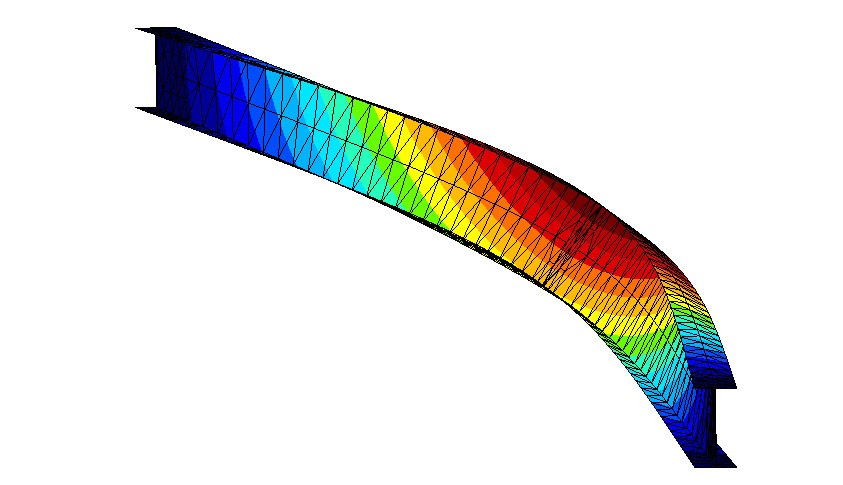
BUCKLING ANALYSIS
The typical cause of failure of slender structural elements is the loss of stability. The critical loads and corresponding buckling shapes, required for the verification of structural stability, can be determined with the buckling analysis. The imperfect geometry of the structure can be created by superposition and scaling of buckling mode shapes. This imperfect geometry can be taken into account in geometrically nonlinear static and dynamic analyses.

MODULES
STANDARDS
AXISVM, as an internationally recognized FEA software, offers users an efficient design platform according to Eurocode and its corresponding national annexes, as well as other national standards (SIA, NTC).
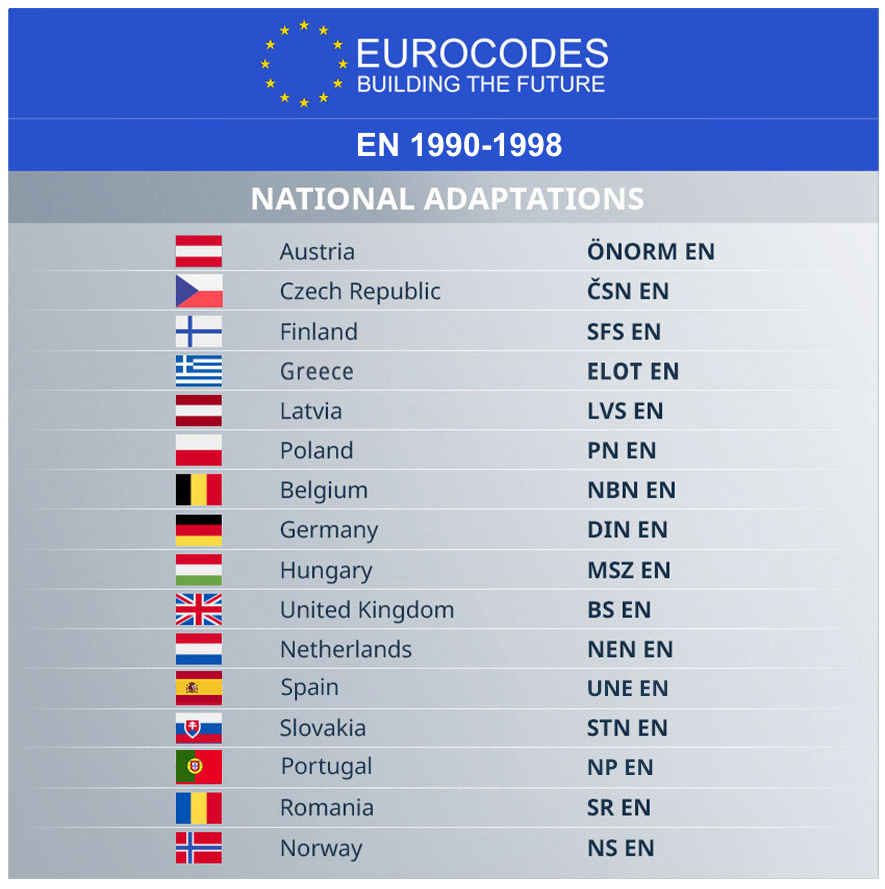
EUROCODES
EN 1990 (Eurocode 0) – Basis of structural design
EN 1991 (Eurocode 1) – Actions on structures
EN 1992 (Eurocode 2) – Design of concrete structures
EN 1993 (Eurocode 3) – Design of steel structures
EN 1994 (Eurocode 4) – Design of composite steel and concrete structures
EN 1995 (Eurocode 5) – Design of timber structures
EN 1996 (Eurocode 6) – Design of masonry structures
EN 1997 (Eurocode 7) – Geotechnical design
EN 1998 (Eurocode 8) – Design of structures for earthquake
The range of implemented Eurocode national annexes is continuously expanded.
In the case of national adaptations that have not yet been implemented in the software, the customizable global design parameters allow the user to customize the design settings according to the desired national annex.
AXISVM, as an internationally recognized FEA software, offers users an efficient design platform according to Eurocode and its corresponding national annexes, as well as other national standards (SIA, NTC).

AXISVM API
FOR SPECIAL SOLUTIONS
AXISVM, similarly to other Windows applications, supports the Microsoft COM technology to access, control, and read data from external programs.
The AXISVM API program can be accessed from an external application, thus the finite element solver can be started directly and the analysis results can be queried.
The API is capable of performing the following tasks:
- designing 3D parametric structures (AXISVM Grasshopper and Dynamo plugin)
- creating your own application using the Python interface (PYAXISVM)
linking AXISVM to external software (e.g. Excel applications)
- developing your own application that controls AXISVM
- running and analyzing alternative structural solutions using an iterative process
